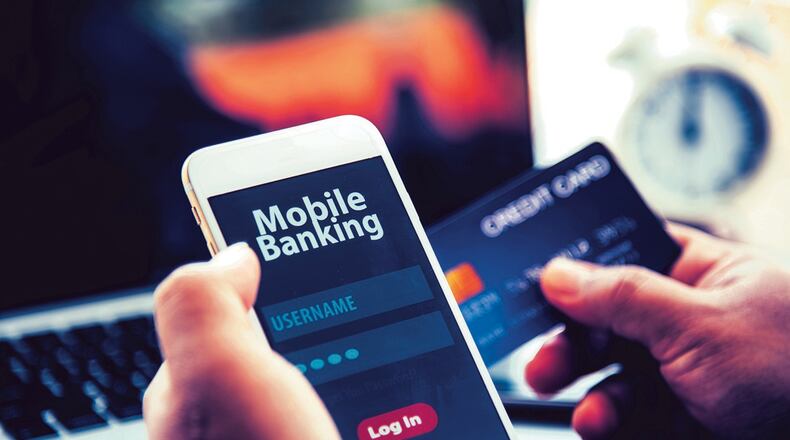A recent survey from Provident Bank found that 80 percent of consumers prefer digital banking to in-person banking. And while 95 percent of consumers surveyed indicated they are confident that their bank can protect their data in online and mobile banking platforms, it’s still wise for individuals to do everything they can to ensure their online banking activities are as secure as possible. After all, data from the security intelligence experts at Kaspersky indicates that 22 percent of online banking users utilizing PCs were attacked with the banking malware Zbot in 2020. That underscores how important it is that online and mobile banking users prioritize security when accessing their accounts via websites or their phones. These strategies can help consumers enjoy the convenience of online and mobile banking while ensuring they can rest easy knowing their accounts are as secure as possible.
Avoid keeping a password too long. It’s understandable if users have had the same passwords for months, if not years. Life in a digital world requires usernames and passwords for just about everything, but it’s vital that banking passwords are routinely changed. Changing passwords once per month improves security, especially if passwords include a combination of letters, numbers and symbols. When changing passwords, resist the temptation to use a password you’re already using for another account.
Use only your own network when banking online or via your mobile devices. Public Wi-Fi may be convenient, but users have no idea who else might be making use of that convenience. Various cybersecurity experts indicate that public Wi-Fi is especially vulnerable to man-in-the-middle (MITM) attacks, a type of security breach in which a third party intercepts communications between two unsuspecting parties, such as an online/mobile banking user and his or her bank. To reduce your risk of being victimized by an MITM attack, avoid using any website or app, including banking platforms, that require a login on public Wi-Fi.
Install system updates. Users may find system update prompts always seem to come at the most inconvenient times. As a result, it’s tempting to click the “Install Later” button and completely forget about it. But the longer users wait to install updates on their devices, including their smartphones, the more vulnerable to attacks they become. When prompted, install system updates immediately. Such updates typically only take a few minutes and often include new security features designed to protect users and their information, including any financial information they might have on their devices.
About the Author

